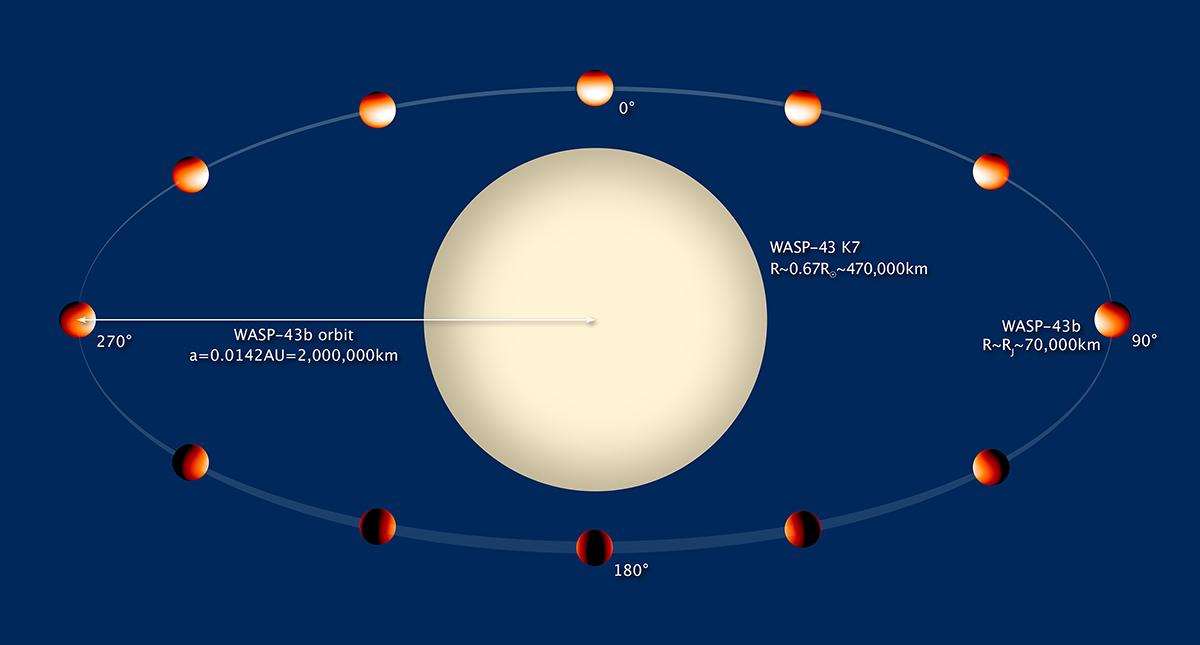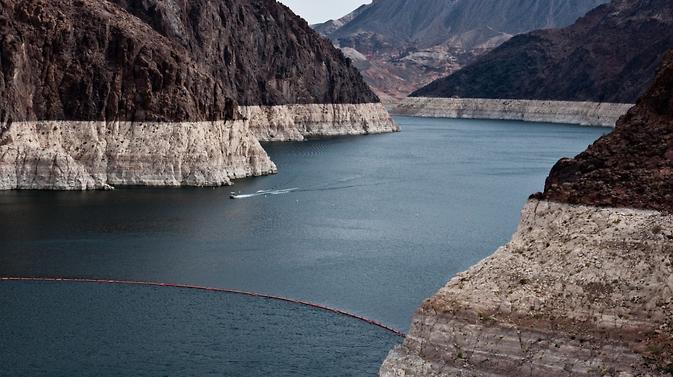
A team of scientists say they have identified water on a planet 260 light years away. WASP-43b is about the size of Jupiter but twice as dense and is so close to its host star that it completes a revolution around its sun in a little less than one Earth day.
The scientific team, which included University of Colorado Assistant Professor Jean-Michel Désert, used the Hubble telescope to identify and map water vapor in the planet’s atmosphere.
Doug Duncan, director of the Fiske Planetarium in Boulder, says space technology is also being used to map water on Earth. NASA’s Gravity Recovery and Climate Experiment (GRACE) satellites orbit the Earth and detect minute changes in their altitude. These minor variations point to places where the Earth’s gravity is stronger.
“Water is heavy, and it has more gravity than dry ground," says Duncan. “It’s like having a giant scale in the sky.”
The GRACE satellites measure water on the surface and also underground.
“We tend to think of underground water in caverns but in fact a lot of it is held in pores of rocks,” says Duncan.

According to data gathered by the GRACE satellites, underground water in the Colorado River Basin is declining at an alarming rate. NASA estimates that the Colorado River Basin has lost nearly 53 million acre feet of freshwater since 2004, about three-fourths of it from underground. The study was co-authored by scientists at the National Center for Atmospheric Research in Boulder.
Duncan notes that one theory on how water arrived on Earth is that the planet was bombarded by water-filled comets billions of years ago. On Nov. 12, the Rosetta spacecraft achieved a first-ever landing of a probe on a comet. Part of the historic mission will be to analyze the water content of that comet.








